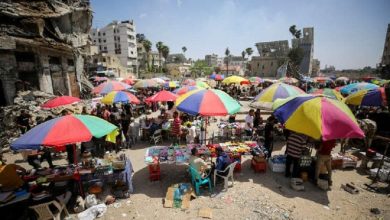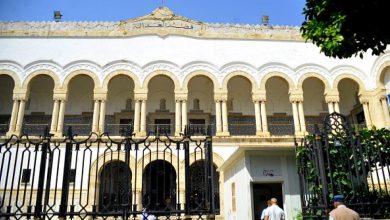Debunking Myths: Moroccan Report Clarifies Misconceptions Surrounding Recent Earthquake

Watan- In the wake of the intense earthquake that jolted the Marrakech outskirts, Moroccans, in a state of alarm, took to the streets. The tremors, felt strongly across cities, gave rise to a plethora of rumors and baseless analyses on social platforms. This led some to spend nights outdoors, fearing a more potent aftershock. However, geology experts have expressed skepticism over such claims, as reported by the local newspaper, Hespress.
Badr Al-Safrawi, a renowned sedimentology and stratigraphy expert, stated that such seismic activities in the Marrakech region are anticipated by geologists. He elaborated on the significant fault line that runs from Agadir, through the Atlas Mountains, extending to Algeria and reaching Tunisia. This fault line, known as the Tazentas Fault, makes the region susceptible to earthquakes at any given moment.
The recent quake, the most potent in years, had a depth of 8 kilometers, intensifying its impact on residents. Al-Safrawi emphasized that aftershocks, generally milder than the primary quake, are expected. However, he didn’t rule out the possibility of subsequent tremors being equally or more intense.

Dutch seismologist, Frank Hoogerbeets, stirred debates over his alleged prediction of the Moroccan earthquake. Days prior, he had mentioned planetary alignments hinting at potential strong seismic activities between September 5th and 7th. However, Moroccan researchers have dismissed such claims, emphasizing that while earthquake-prone regions can be identified, predicting their exact timing remains elusive.
Lahcen Kabiri, another geology expert, underscored the importance of public awareness regarding earthquakes and their aftermath. He stressed the need for infrastructural resilience, especially in earthquake-prone zones, and the adherence to construction standards capable of withstanding seismic activities.
The recent earthquake has left Morocco grappling with extensive damage, especially in rural areas. The Moroccan Interior Ministry has reported a death toll nearing 2,100, with fears of this number rising. The World Health Organization estimates that around 300,000 individuals have been affected in Marrakech and its vicinity.







